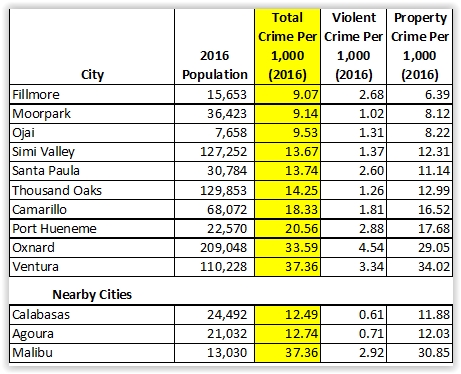CASA (Court Appointed Special Advocates) of Ventura County Serves Local Foster Kids
/CASA (Court Appointed Special Advocates) of Ventura County is a non profit, volunteer driven organization that recruits, trains and supports volunteers from the community to become sworn-in officers of the court who provide a consistent, caring adult in a foster child's life. Children helped by CASAs include those for whom home placement is being determined in juvenile court. Most of the children are victims of abuse and neglect.
CASA organizations have been around for over 30 years in just about every every county and state across the nation with over 70,000 volunteers serving court dependent children. CASA has been serving children in Ventura County since 1985. We currently have a team of 130 volunteers and serve over 200 court dependent foster children.
Each hour of our CASA program staff time generates 22 volunteer hours of direct support to a child. The CASA formula is simple: additional funding means the capacity to recruit, train and support more volunteers to be matched with a foster child.
We have 80 children on a waiting list for a CASA right now. For those 80 kids the CASA advocate may be the one, consistent, concerned adult by their side during a tumultuous phase of their life.
To learn how to donate time or funds to this worthy 501(c)(3) organization, visit www.casaofventuracounty.org.








